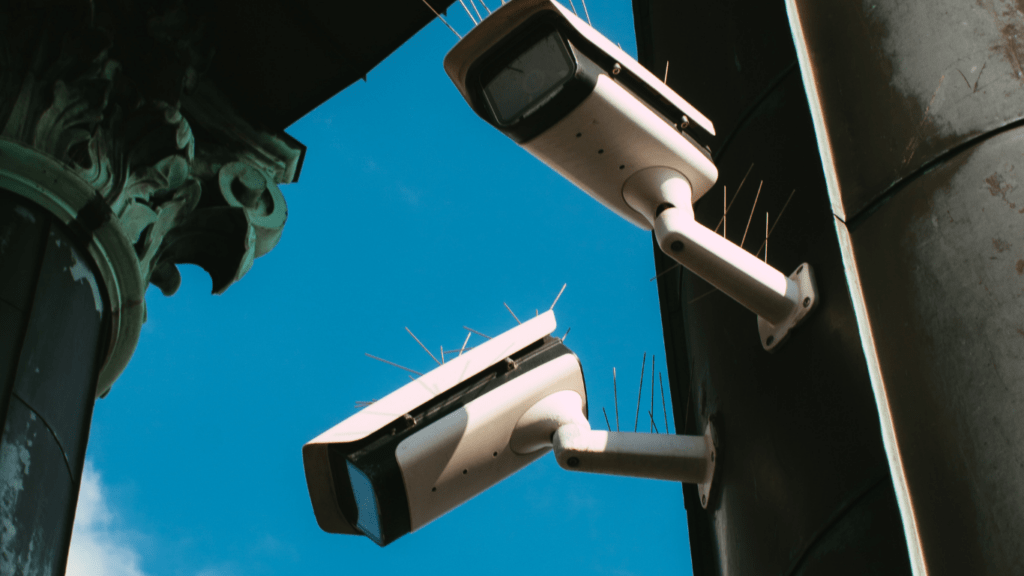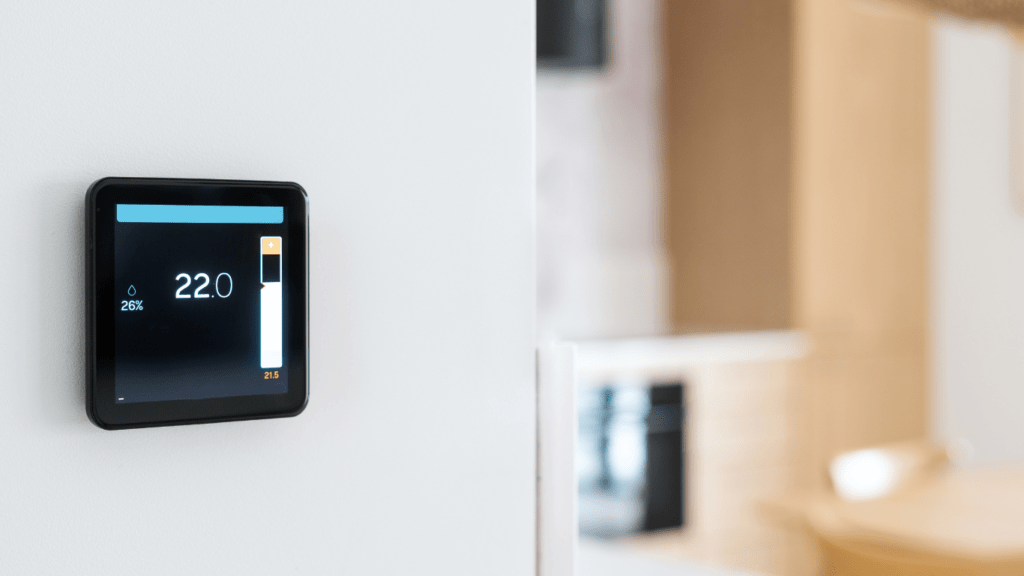Understanding Smart Home Devices
Benefits of a Connected Home
A connected home offers numerous benefits. Smart home devices boost convenience by automating routine tasks.
For example, smart thermostats adjust temperature settings based on your habits, ensuring comfort while saving energy.
Smart lighting systems allow remote control of lights, enhancing security and saving electrical costs. Smart security cameras provide real-time monitoring, alerting you to potential intrusions.
Smart speakers, like Amazon Echo or Google Home, integrate with various devices, enabling voice control for music, news, and even smart home management.
Challenges and Security Concerns
Despite the advantages, there are challenges and security concerns. Smart devices can introduce vulnerabilities if not properly secured.
Hackers might exploit weak encryption or default passwords, gaining unauthorized access. Privacy is another issue: many devices collect data, potentially sharing it with third parties.
To mitigate these risks, ensure devices receive regular updates and use strong, unique passwords.
Consider devices from reputable manufacturers, as they often have better security measures in place. Always review privacy policies before integrating new devices into your home.
Key Components of a Smart Home
Smart Thermostats
- Smart thermostats enhance energy efficiency and provide precise temperature control.
- They can learn users’ temperature preferences and schedules, adjusting settings automatically for optimal comfort and cost savings.
- According to the U.S. Department of Energy, households with smart thermostats can reduce heating and cooling costs significantly.
- Popular models like the Google Nest and ecobee include features such as remote control via smartphones, integration with other smart devices, and detailed energy usage reports.
- Users can also benefit from geofencing, which adjusts the temperature based on their location, providing comfort upon arrival and saving energy when they’re away.
Smart Lighting Systems
- Smart lighting systems offer customizable, energy-efficient lighting solutions controlled via apps or voice assistants.
- Users can set schedules, change colors, and dim lights without traditional switches.
- These systems, including products like Philips Hue and LIFX, can synchronize with other smart devices, enhancing the living space’s ambiance and functionality.
- For instance, lights can automatically turn on when someone enters a room or can be programmed to simulate occupancy when the house is empty, adding an extra layer of security.
- Smart lighting also integrates with home assistants like Amazon Alexa and Google Assistant, facilitating voice-activated control.
Home Security and Surveillance Devices
- Home security and surveillance devices include smart cameras, doorbells, and alarm systems, providing real-time monitoring and alerts.
- These devices enhance security through features like motion detection, night vision, and two-way communication.
- Brands like Ring, Arlo, and Nest offer comprehensive security solutions that can be managed remotely via smartphone apps.
- Users can receive instant notifications of suspicious activities and even communicate with visitors through the devices.
- Cloud storage enables the review and archiving of footage, ensuring critical moments are recorded and accessible.
- Additionally, many systems offer integration with other smart home components, creating a cohesive and secure living environment.
How to Choose the Right Smart Home Devices
Assessing Compatibility
Compatibility is crucial when selecting smart home devices. Devices must work seamlessly with existing systems, whether it’s a central hub like Amazon Echo or a platform like Apple HomeKit.
Always check if the device supports the same Wi-Fi standard and protocol as your network.
For example, Zigbee or Z-Wave devices need compatible hubs.
Compatibility ensures a unified ecosystem, reducing the hassle of managing multiple apps. Also, verify integration with other devices in your home to streamline automation and improve the overall user experience.
Evaluating Ease of Use and Installation
Ease of use significantly impacts the adoption of smart home devices. Opt for devices with intuitive interfaces, clear instructions, and robust customer support.
For instance, devices like Google Nest and Philips Hue are known for user-friendly setup processes. Devices should offer straightforward installation, preferably plug-and-play.
If wiring is required, ensure thorough instructions or professional installation options are available.
User-friendly apps enhance control and monitoring capabilities, making it easier to leverage the full potential of your smart home ecosystem.
Examples of Fully Integrated Smart Homes

Case Study: Minimalist Smart Home Setup
In a minimalist smart home setup, simplicity meets functionality.
This type of home features essential devices that integrate seamlessly.
The homeowners use smart thermostats, such as the Nest Learning Thermostat, to manage indoor temperatures with minimal effort.
The thermostat adapts to routines and preferences, maximizing energy efficiency.
They also install smart lighting systems like Philips Hue.
These systems offer adjustable brightness and color, controlled via smartphone apps or voice commands.
A crucial part of this setup includes smart locks and security cameras for enhanced safety.
Devices like:
- August Smart Lock
- Arlo Pro 3
provide keyless entry and real-time monitoring without complicating the home’s aesthetic.
For media and entertainment, minimalist homes often utilize smart speakers like:
- Amazon Echo
- Google Nest.
These multifunctional devices control music, answer queries, and manage other smart devices, maintaining the home’s streamlined appearance.
Case Study: High-Tech Family Home
A high-tech family home is a showcase of comprehensive integration. Every room features advanced systems designed to make living more convenient and enjoyable.
In the living room, a high-definition smart TV with a built-in streaming platform, like the LG OLED with WebOS, anchors the entertainment experience.
It syncs with smart speakers and sound systems, offering a complete audio-visual experience. The kitchen utilizes smart appliances.
Families might find smart refrigerators from Samsung that notify when specific groceries run low and smart ovens capable of remote operation.
These devices simplify meal prep and grocery management.
For security, a high-tech family home employs advanced systems like the Ring Alarm Security Kit that combines alarms, cameras, and motion detectors.
Parents can monitor their home from anywhere, receiving instant alerts about unusual activities.
In children’s rooms, parents use smart baby monitors and speakers to ensure safety and easy communication.
Devices like the Nanit Plus Baby Monitor and Google Nest Hub allow parents to keep an eye on their kids while integrating into the larger smart home system.
Both case studies highlight the diverse applications of smart home technology, tailored to individual lifestyles while ensuring a connected and convenient living space.

